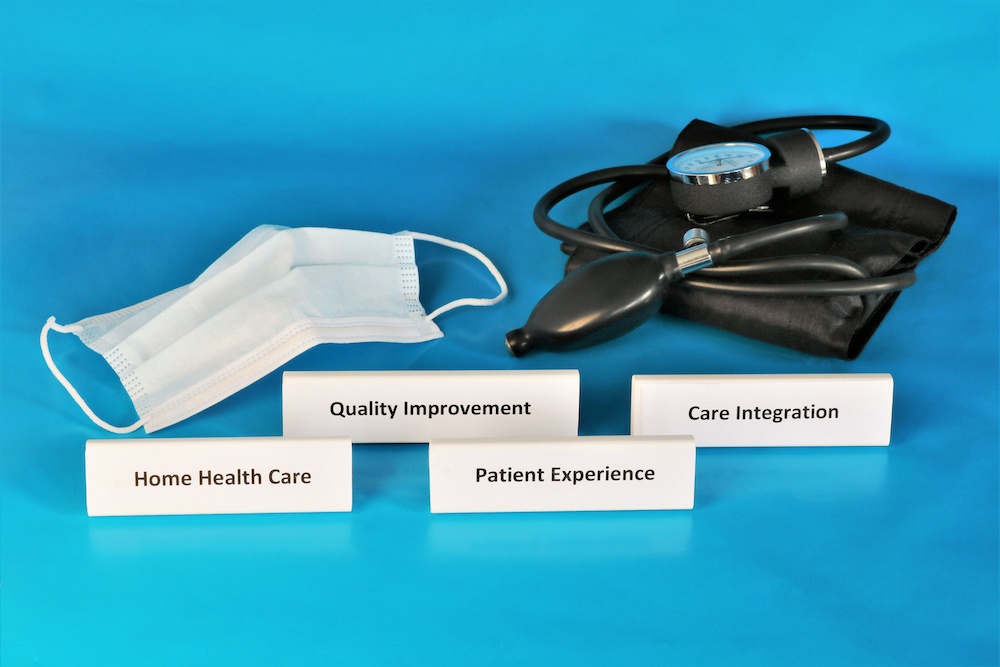The introduction of multidisciplinary teams (MDTs) in general practice was driven by the changing healthcare landscape, the need for more comprehensive and patient-centred care, and the desire to improve coordination and efficiency in healthcare delivery. In short, MDTs represent a strategic response to the challenges posed by complex health conditions and aim to enhance the overall quality of healthcare services.
As GP practices continue to integrate MDTs into their structures, valuable lessons and insights have emerged. We’ve compiled some feedback from MDTs to provide a list of tips for practice managers to help drive success.
MDT success in practice
- Patient feedback and involvement
After implementing an MDT to manage a group of patients with complex cardiovascular conditions, a GP practice actively sought patient feedback through surveys and focus groups. Patients appreciated the coordinated care but highlighted the need for clearer communication about their treatment plans. In response, the practice put in place a patient education programme, incorporating visual aids and simplified explanations during consultations. This adjustment improved patient understanding and strengthened the relationship between patients and the team.
- Addressing role ambiguity
The nurses and pharmacists at one practice were unsure of their specific roles and responsibilities, leading to inefficiencies. To address this, the practice organised a team-building workshop that included scenario-based exercises to clarify each person’s role and responsibilities. This initiative not only resolved role ambiguity but improved team dynamics.
- Case study-based learning
One GP practice regularly conducts case study reviews to identify areas for improvement. Initially, the MDT at the practice found it hard to coordinate effective care for a patient with co-existing mental health and chronic pain issues. After a thorough review, the practice introduced a weekly case conference specifically for complex cases, where team members could discuss and plan interventions. This approach improved the management of complex cases and served as a valuable learning experience for the whole team.
- Utilising technology for communication
Another GP practice identified communication gaps due to relying on traditional methods too much. So, the practice set up a secure messaging system integrated into the electronic health record (EHR). This system allowed MDT members to share real-time updates, discuss patient cases, and streamline communication. The result was improved coordination, reduced delays in decision-making and enhanced efficiency.
- Team training for emerging healthcare trends
Recognising the increasing importance of telemedicine, a practice that invested in cross-disciplinary training for its MDT organised further training on virtual care best practices. This equipped team members with the skills they needed and allowed the practice to adapt to the growing trend of remote healthcare delivery.
- Celebrating successful outcomes
An MDT was introduced to focus on improving outcomes for patients with diabetes. The MDT implemented a comprehensive care plan involving regular check-ups with a nurse, dietary counselling with a nutritionist, and medication management with a pharmacist. When a significant improvement in patient outcomes was observed, the practice celebrated this success by acknowledging the efforts of each team member. This recognition boosted morale and reinforced the team’s collaborative spirit.
- Adapting team composition to patient needs
A GP practice had a growing number of elderly patients with complex health issues so expanded its MDT to include geriatric specialists and social workers, thereby allowing the team to address the patients’ unique needs fully. The result was a more tailored and effective approach to care, demonstrating the importance of adapting team composition to meet evolving patient demographics.
Tips for success
The examples above illustrate how GP practices in the UK have implemented targeted strategies to enhance collaboration, address challenges, and improve patient outcomes. From these examples, several tips have emerged for maximising the benefits of MDTs:
- Invest in team building: Use team-building activities and initiatives to enhance communication and create a positive working environment.
- Diversity is crucial: The blend of professions and practitioners must reflect the needs of the patient population, and engaging other specialists in discussions will support holistic working.
- Look beyond the practice: MDTs should engage with other teams and services in the area to bring about more coordinated care, and to help the wider system understand the role and skills of the MDTs.
- Never stop explaining: Dr Kiren Collison, a GP and Interim Medical Director for Primary Care, NHS England, wrote in a blog: “We must help patients and clinicians understand what these new (and sometimes unfamiliar) roles can deliver, and better explain why it is not always best to see a GP. We need to help staff transition into general practice and support every individual recruited to build long and fulfilling primary care careers.”
- Emphasise shared goals: Ensure that all team members are aligned with shared goals and objectives. This will result in a more cohesive and effective multidisciplinary approach.
- Staff inductions matter: All the practices we spoke to mentioned the need for effective staff inductions. NHS England has published an induction checklist template. Click here to access the checklist and find out more.
- Celebrate successes: Recognise and celebrate the achievements of the MDT to boost team members’ morale and motivation.
- Regularly reassess team dynamics: Periodically reassess team dynamics and roles to ensure that the MDT aligns with the evolving needs of the practice and its patients.
- Encourage continuous learning: Support a culture of continuous learning by providing ongoing educational opportunities. Professional learning and development, through supervision, has proven particularly helpful according to the practices and ICBs we spoke to. NHS England’s guidance on how practices can provide effective supervision in multidisciplinary teams is a valuable reference tool.
- Focus on the evidence: Teams require timely and accurate evidence of their shared impact, with opportunities to reflect on this evidence.
In conclusion, the introduction of MDTs in general practice has been a learning journey marked by successes and challenges. But by embracing flexibility, prioritising effective communication, and continuously reassessing and adapting approaches, GP practices are poised to benefit greatly from the collaborative power of MDTs.





0 Comments